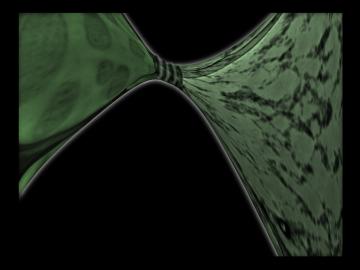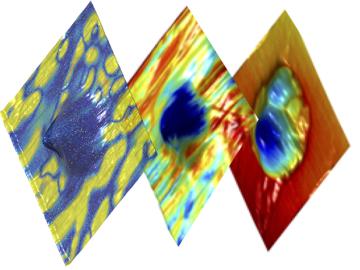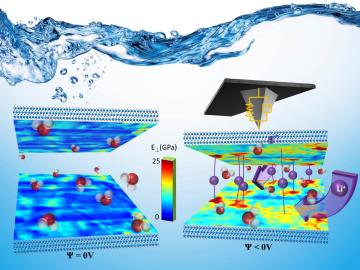
Filter News
Area of Research
News Type
Date
Media Contacts

Frank Loeffler, University of Tennessee (UT)-Oak Ridge National Laboratory Governor's Chair for Microbiology and Civil and Environmental Engineering, has been elected fellow of the American Academy of Microbiology.

Researchers at the Department of Energy’s Oak Ridge National Laboratory have demonstrated a production method they estimate will reduce the cost of carbon fiber as much as 50 percent and the energy used in its production by more than 60 percent. After extensive ...





Researchers at the Department of Energy's Oak Ridge National Laboratory have combined advanced in-situ microscopy and theoretical calculations to uncover important clues to the properties of a promising next-generation energy storage material for

Measurement and data analysis techniques developed at the Department of Energy’s Oak Ridge National Laboratory could provide new insight into performance-robbing flaws in crystalline structures, ultimately improving the performance of solar cells.

Experts at the U.S. Department of Energy’s Oak Ridge National Laboratory will help nine small companies move their innovative manufacturing, buildings, fuel cell, geothermal and vehicle technologies closer to the marketplace. The businesses are among 33 selected t...

Three U.S. Department of Energy-funded research centers – the BioEnergy Science Center (Oak Ridge National Laboratory), the Great Lakes Bioenergy Research Center (University of Wisconsin–Madison and Michigan State University), and the Joint BioEnergy Institute (Lawrence Berkeley National Laboratory) – are making progress on a shared mission to develop technologies that will bring advanced biofuels to the marketplace, reporting today the disclosure of their 500th invention.


